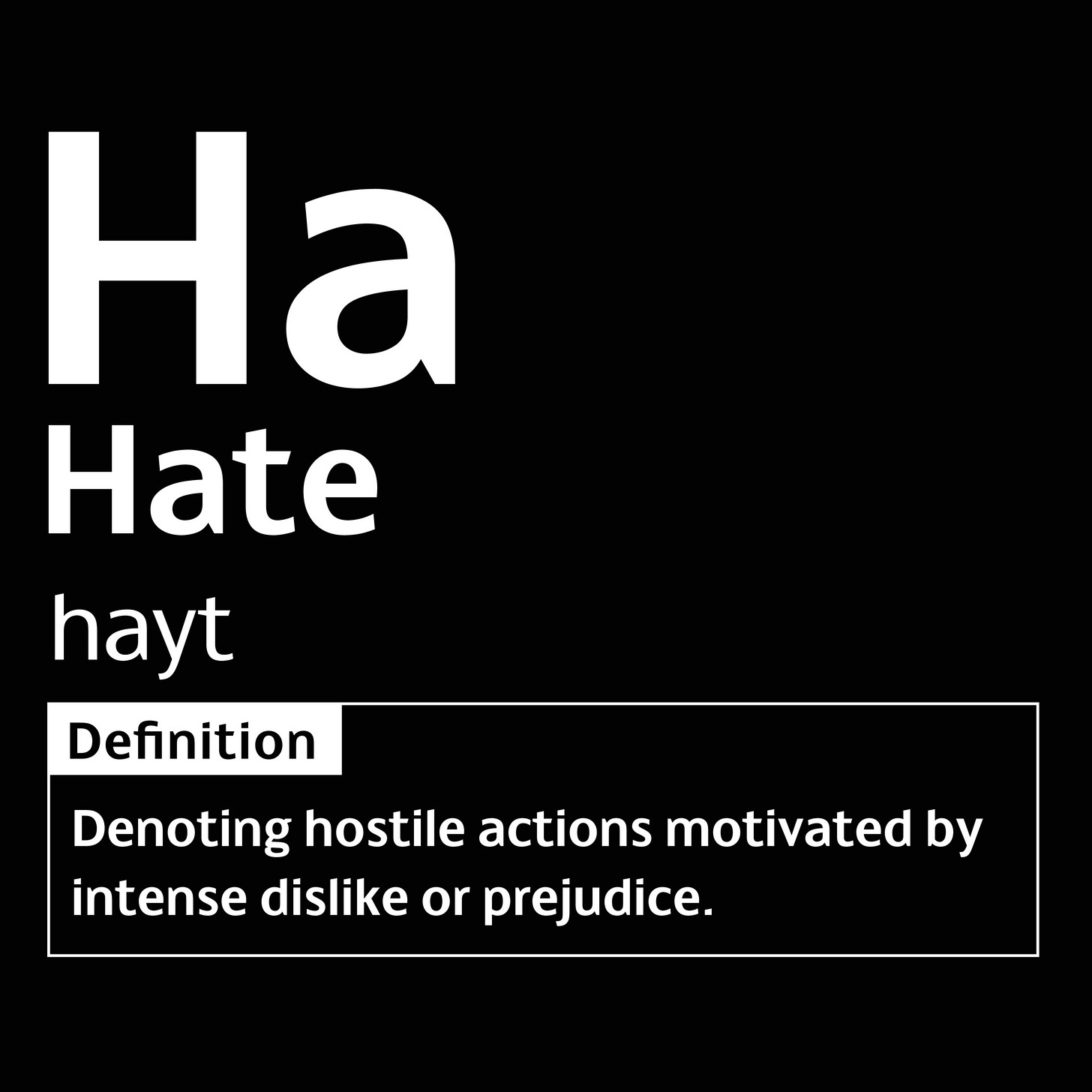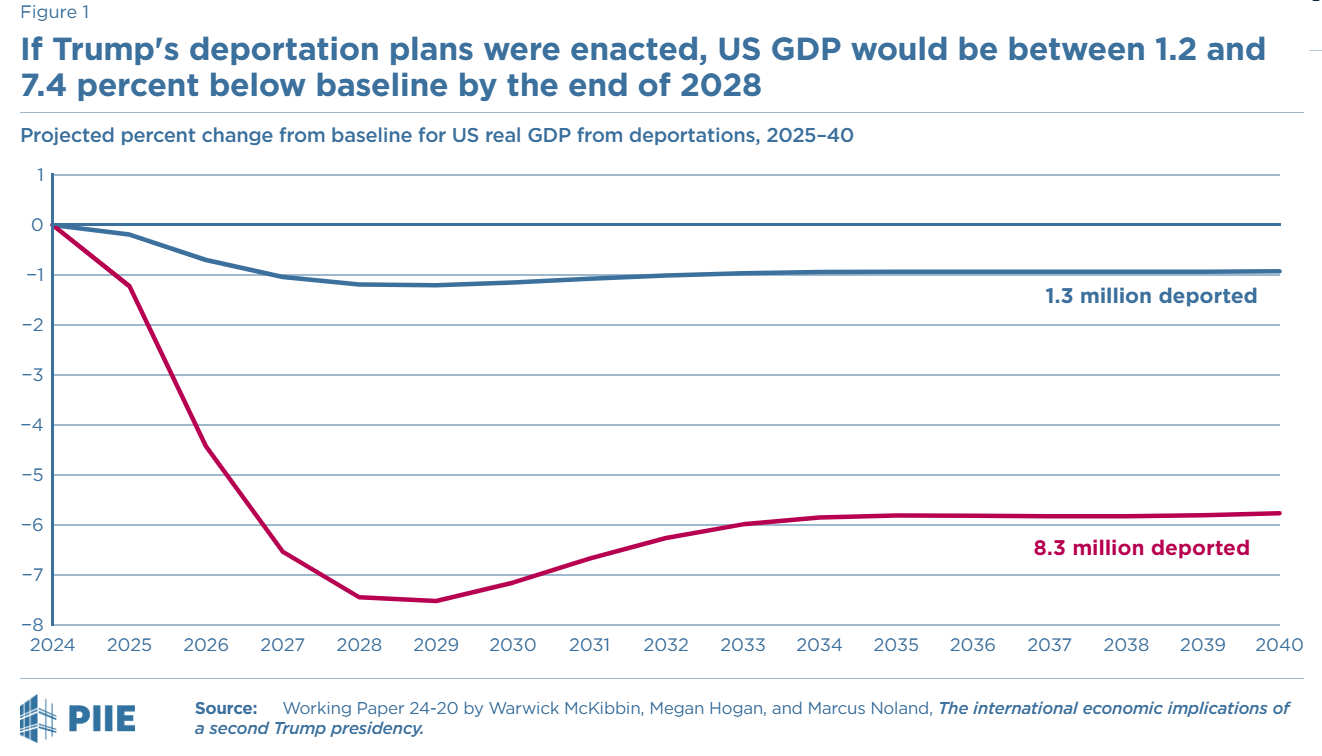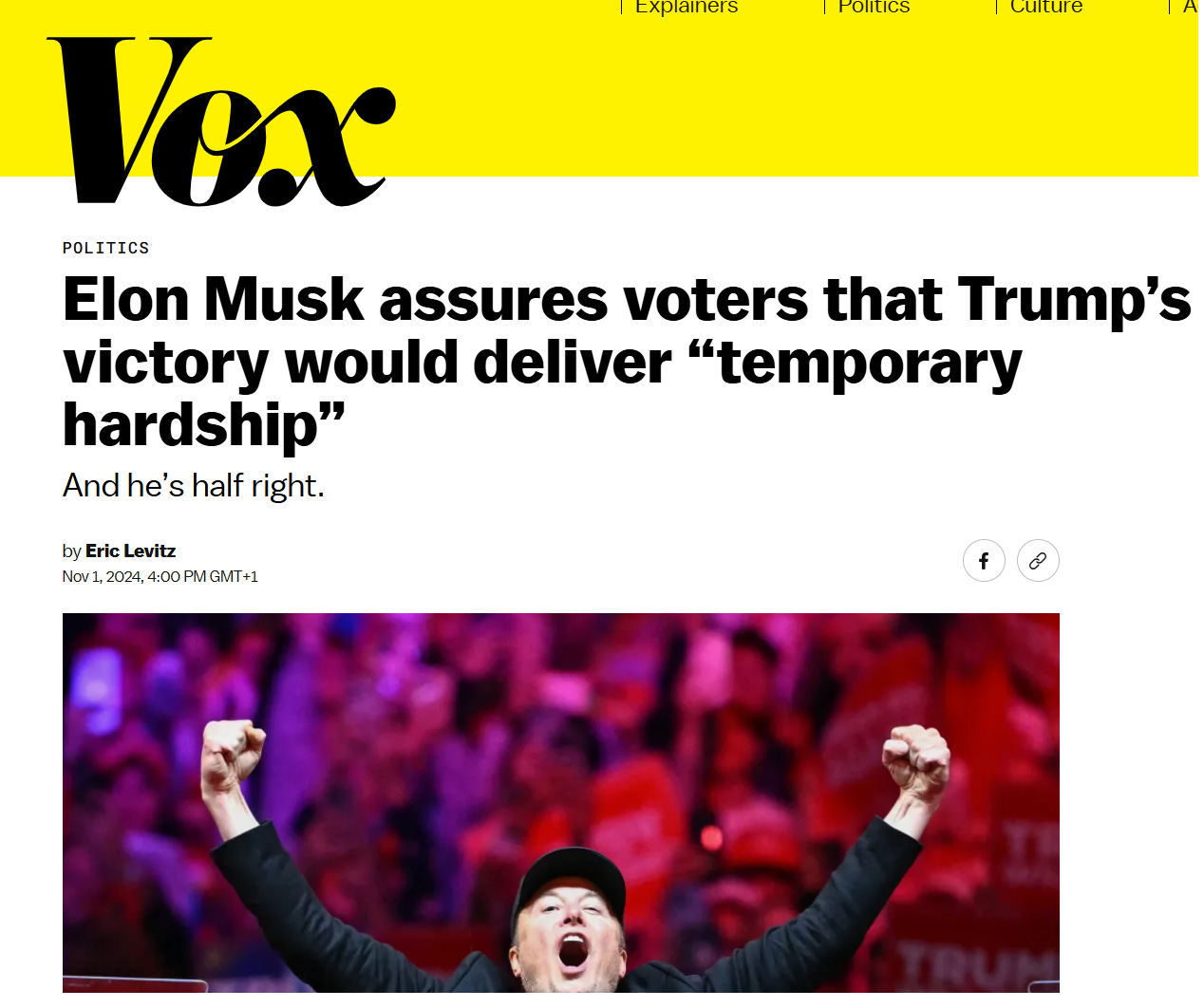When Kamala Harris finalized her shortlist for VP candidates, my top choice was Arizona Senator Mark Kelly, with Pennsylvania Governor Josh Shapiro as a close second. Shapiro had the advantage of resonating deeply with Pennsylvania voters, while Kelly stood out because he could flip the script on Trump and the GOP's immigration narrative.
Harris made strides in closing the gap with Donald Trump on the economy. Her messaging was starting to gain traction. But launching a successful campaign against an entrenched, well-funded opponent in just 100 days is a monumental challenge. Yet, despite her progress on the economic front, Harris failed to make any meaningful impact on immigration. Her efforts in this area fell flat.
The cardinal rule in any confrontation is this: never underestimate your opponent. No matter how weak they appear or how confident you feel of your own prospects, respect the enemy and their strengths. Whether they're the devil incarnate or a saint descended from heaven, victory demands acknowledgment of their power and careful planning to counter it.
As Master Shifu says in Kung Fu Panda, "You must take your enemy's strength and use it against them until they fall or surrender." The greatest strength of right-wing nationalist movements worldwide lies in their ability to fuel….
Hate is MAGA’s lifeblood. Hate the Democrats. Hate the government. Hate government officials. Hate the media. Hate the judges. Hate the educated. Hate institutions. Hate decency. Hate anyone who disagrees with you.
If hate is the lifeblood of the MAGA movement, then anti-migrant hate is the red blood cell that carries oxygen to power the entire body.
Trump has an acute understanding of this dynamic. He began his political career by disparaging Mexican immigrants and revived his poll numbers during this year’s election cycle by targeting Haitian migrants. Did he not know there are plenty of other ways to stem the flow of migrants across the border? Of course, he did. But how much time and effort did he spend on building the wall?
A whole lot.
Unlike other issues he uses and discards as convenient—such as infrastructure, health insurance, and many others—immigration is the one topic he never drops. He personally called Senators and GOP Congressmen to derail the bipartisan effort to pass an immigration bill in 2024—and he succeeded.
He whipped the votes against it.
You have an opponent who is acutely aware of his movement’s strength, and you have Democrats who still don’t realize that nativism—and the hate that fuels it—is the foundation of the MAGA movement.
Trump will try to deliver on mass deportation. He has to. How far he goes and how deep he digs will depend entirely on how the opposition—the Democrats—respond over the next six months.
The Biden economy is so strong that it might withstand the thousand cuts inflicted by tariffs. Consumer prices will rise, but not uniformly. Certain sectors will feel the pinch, while others might benefit. This dynamic will keep inflation trending upward and maintain pressure to keep interest rates high. However, an economy that has grown by more than $8 trillion in four years might have the resilience to absorb these blows and still stand.
It just might.
But no economy in the world can withstand a sudden, significant drop in labor. Even the Romans, at the height of their empire, couldn’t have managed it. The roughly ten million unauthorized workers in the U.S. make up 6% of the labor force. Among them, 1 million of the 2.5 million farmworkers are undocumented, and an estimated 1.5 million work in the construction industry.
These are low-paying jobs with long hours—work most Americans refuse to take, even when offered. The last time the U.S. aggressively targeted migrant laborers—during Operation Wetback—it didn’t boost employment or increase output. It had the opposite effect.
During that operation, 1.1 million migrants were deported. Crop losses soared, and wages increased sharply in some sectors, but the economic fallout was severe—and none of it was good. Trump could deport 1 million migrants, or he could go all the way to 8 million. He might even settle for a middle ground.
The result will either halt economic growth in its tracks or tank the economy altogether.
The warning issued by the Peterson Institute for International Economics is both loud and dire: “The Trump campaign assumes that employers would simply replace the deported workers with native workers, but the historical record shows that employer behavior is far more complicated than that. Past experience with deportations demonstrates that employers do not find it easy to replace such workers. Instead, they respond by investing in less labor-intensive technologies to sustain their businesses, or they simply decide not to expand their operations. The net result is fewer people employed in key business sectors like services, agriculture, and manufacturing.
In addition, those unauthorized immigrants aren’t just workers—they’re consumers too. Deporting them means less demand for groceries, housing, services, and other household needs. This lower spending in turn reduces demand for workers in those sectors. That reduced demand for workers in all types of jobs outweighs the reduction of supply of unauthorized workers. Contrary to the Trump campaign’s assumption that deporting workers increases domestic employment, removing immigrants reduces jobs for other US workers”.
The assessment is spot on. This could be a perfect storm—one the U.S. economy might never recover from. Would Trump be so reckless as to kill economic growth and deal a mortal blow to his own presidency?
A logical answer would be no. But we must remember the core strength of the MAGA movement: nativism and anti-migrant hate. Trump will wade into it; he has no choice. And let’s not forget Elon Musk’s words at the MAGA rally in Madison Square Garden:
Since mass deportation can be executed administratively, the only thing Democrats can do is limit the damage. They cannot stop it outright, but if they play their cards right, they can slow Trump down enough to prevent irreparable harm to the economy.
As Master Shifu wisely said, “The true path to victory is to find your opponent’s weakness and make him suffer for it.”
Of the three priorities Trump has outlined for 2025—immigration, tax breaks, and energy—which one has the potential to pit his investors against his voters?
It’s not tariffs; tariffs can be selectively applied to benefit his donors. It’s not immigration either. Trump can avoid targeting Florida and Texas, instead focusing efforts on California and New York, shielding some of his donor base from the fallout. But how does he deliver tax cuts without gutting Medicaid or dismantling key government institutions?
He can’t.
That’s his Achilles’ heel: Medicaid.
It’s the only issue where the interests of Trump’s donors and his voter base diverge. And it’s the weakness Democrats must exploit to make him suffer. If Trump is forced to burn significant political capital to push through tax cuts, he will lose the leverage and momentum needed to go full throttle on mass deportation.
If Democrats play this strategically, they can tighten the screws on the administration and slow him down. This could create the momentum needed to reclaim the House in 2026. Once they do, their first priority must be clear: passing a bipartisan immigration reform bill.
Campaign on it. Win on it. Deliver it.






It will be a lot less extreme than the rhetoric in practice.
The only reason Biden supposedly “fixed the economy” was because Democratic governors in Jan. 2021 removed lockdown restrictions right before the Vegetocracy succeeded the first term of Orange Bolshevism. IOWs, people were suddenly allowed to return to work in droves just in time for a “rising number of jobs” to coincide with Biden coming in power, not as if Biden’s decisions themselves brought net jobs and livelihoods.
IOWs, you “liberals” are either Jim Jones-level idiot cultists or Joseph Goebbels-level massive liars. Doesn’t reflect well on you either way, does it?